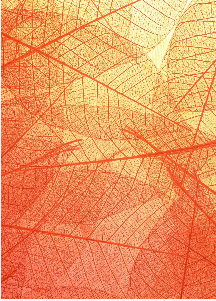Introduction
For every human in our world it’s very important to learn pattern recognition because it’s the foundation of learning and action for all living things in our universe. We see patterns all around us. Some of them are at plain sight like flowers, human anatomy and spider web patterns, but some we have to study and understand because they are more subtle, like whale migration or warm current ocean flows. When children attend school for the first time, they learn new behavioral patterns that they must adapt to. When you start a new job, you must learn new patterns in order to perform well in your new role. Today we’ll learn more about patterns so here we go.

Patterns in Our World Sep 30th
Listen and follow:
Read the complete topic:
For every human in our world it’s very important to learn pattern recognition because it’s the foundation of learning and action for all living things in our universe. We see patterns all around us. Some of them are at plain sight like flowers, human anatomy and spider web patterns, but some we have to study and understand because they are more subtle, like whale migration or warm current ocean flows. When children attend school for the first time, they learn new behavioral patterns that they must adapt to. When you start a new job, you must learn new patterns in order to perform well in your new role. Today we’ll learn more about patterns so here we go.
According to the Collins Dictionary, a pattern is the repeated or regular way in which something happens or is done. It is also an arrangement of lines or shapes, especially a design in which the same shape is repeated at regular intervals over a surface. We find patterns in mathematics, nature, art, music, and literature.
In our world, we have natural and man-made patterns. Natural patterns are regularities of form that can be seen in nature. These patterns recur in several contexts and can be mathematically modelled in some cases. Symmetries, trees, spirals, meanders, waves, foams, tessellations, fractures, and stripes are all examples of patterns in nature. While man-made patterns are often utilized in visual designs, architecture, and art.
One example of natural patterns are the spiral designs that appear throughout our universe. Flowers, elephant tusks, sunflowers, hurricanes, draining water, animal horns, a nautilus shell, a snail shell, a pinecone, a cabbage, a human fingerprint, algaes, and galaxies are indeed representations of spirals.
Patterns also play an important role in visual design and architecture. It can be regular or irregular, organic or geometric, structural or decorative, positive or negative and repeating or random. This is used to communicate a sense of balance, harmony, contrast, rhythm or movement.
Children can learn to sequence events and create predictions using patterns, which helps them build their mathematical skills, algebraic logic structure, and life order. Toddlers usually sort yellow blocks from the blue ones when building a tower. A preschooler who is a little older sees slightly more advanced sequencing, such as recognizing the days of the week, months of the year, and even counting.
Researchers have discovered that knowing and recognizing recurrent patterns allows us to make intelligent predictions, assumptions, and hypotheses, as well as building critical thinking and logic skills.
Humans' pattern recognition abilities have resulted in all of humanity's discoveries and innovations. This is critical to our future, simply put, technological progress is strongly reliant on the adoption of both old and new patterns.
